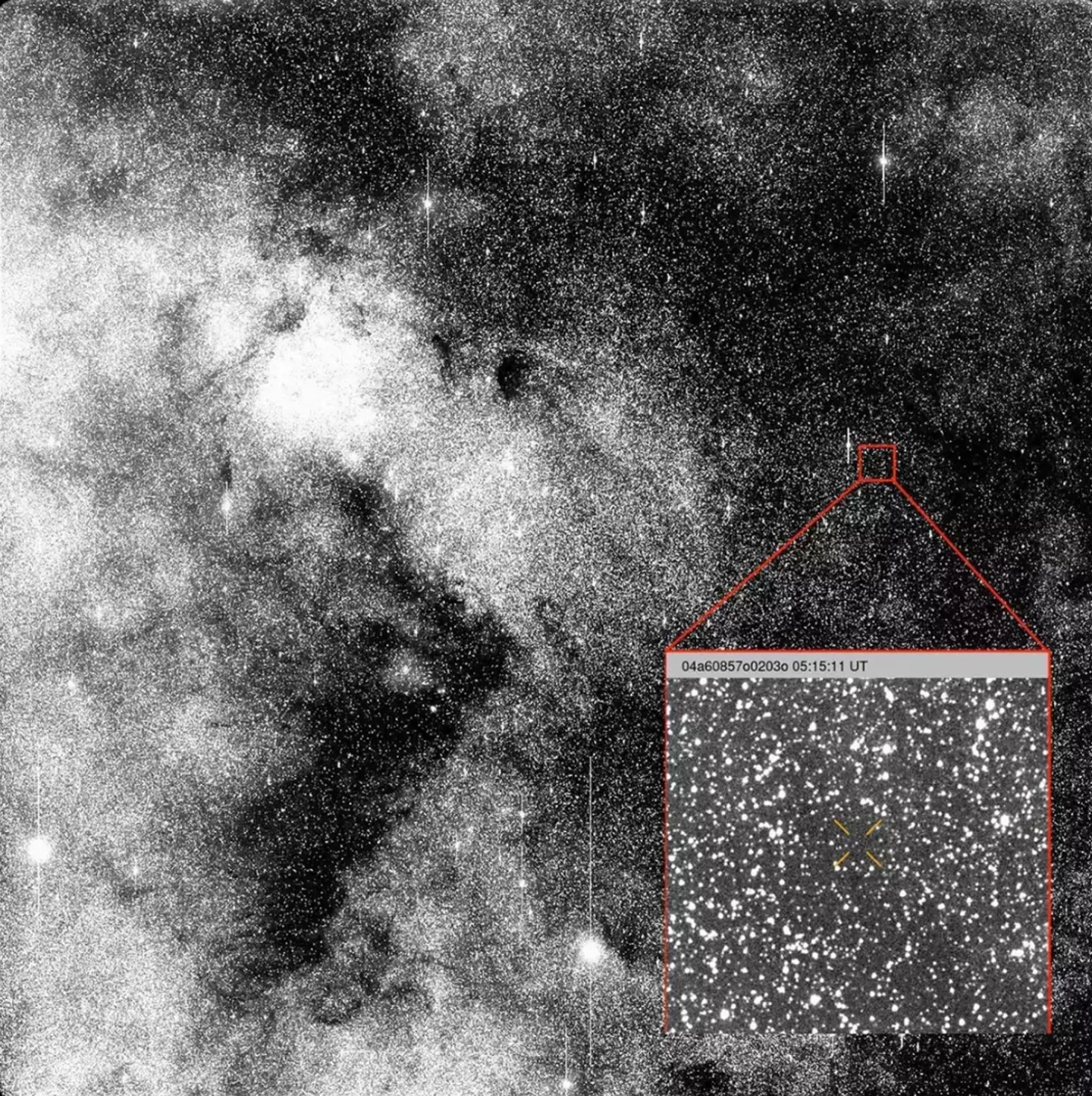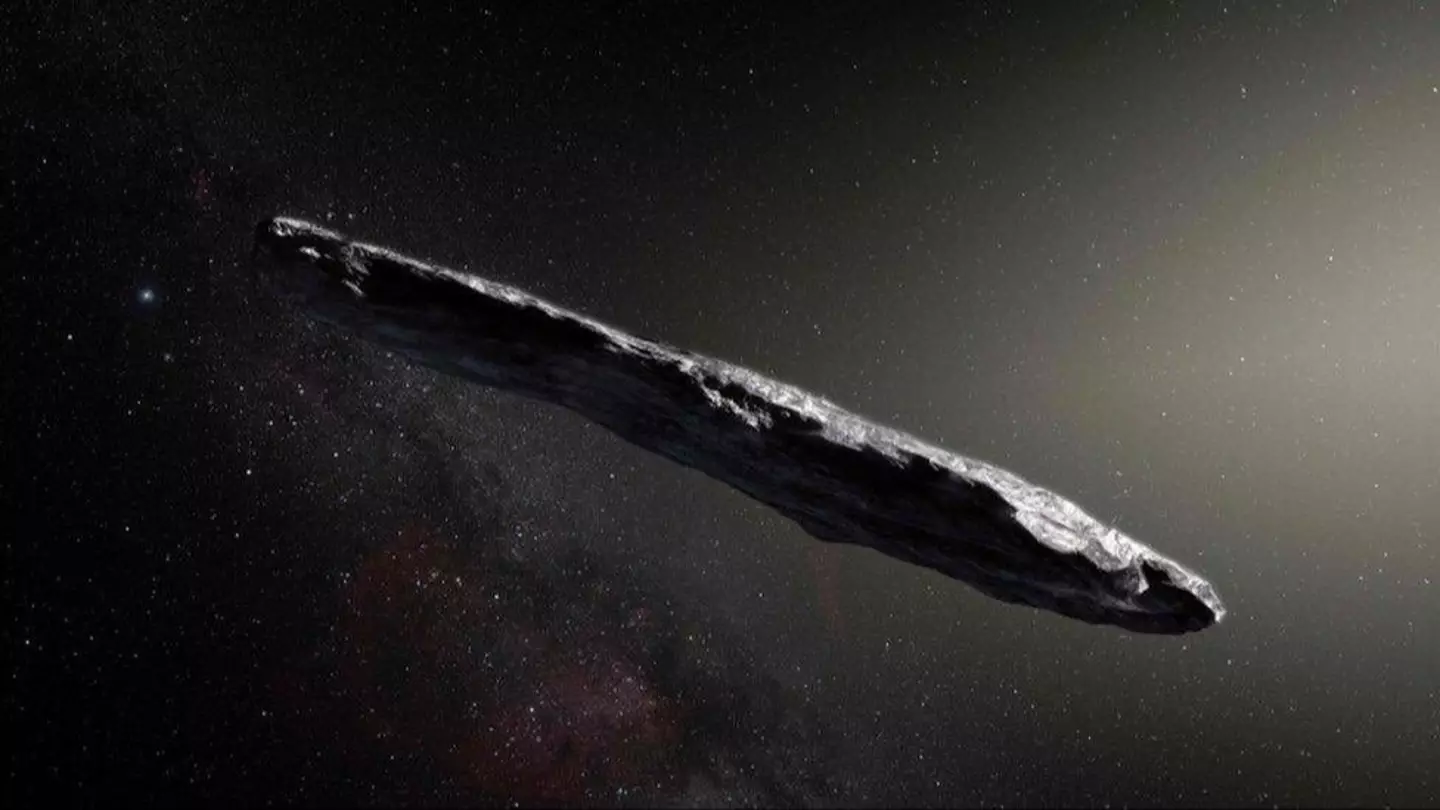A Harvard scientist has raised the possibility that an approaching ‘hostile’ object may be an advanced ‘mothership’ following an earlier alert.
3I/ATLAS was initially detected heading towards our solar system in July by the NASA-funded ATLAS survey telescope located in Río Hurtado, Chile.
This is only the third known object identified as originating from interstellar space, indicating it came from beyond our solar system—a notion filled with endless possibilities.
Researchers concluded it originated from outside our solar system because it traveled too swiftly to be influenced by the Sun’s gravitational pull, moving at over 41 miles per second.
Previously, the anomaly was described as ‘possibly hostile’ amid concerns it might cause significant disruption on Earth.
Specialists are actively observing the situation after a prior alert was raised.
“The consequences, should the hypothesis turn out to be correct, could potentially be dire for humanity,” experts wrote in a study.
Avi Loeb, Adam Hibberd, and Adam Crowl are the researchers involved in the study, closely watching the object’s behavior in the upcoming months.
By November, the object, now labeled as an advanced ‘mothership,’ will move behind the sun, becoming invisible from Earth.
“This could be intentional to avoid detailed observations from Earth-based telescopes when the object is brightest or when gadgets are sent to Earth from that hidden vantage point,” Loeb explained.
The Harvard researcher has also been in discussions with CNN following the release of his findings, claiming a significant distinction between 3I/ATLAS and regular comets.
“Usually, for comets, you see a tail trailing behind the object,” Loeb told the outlet. “Here, the glow is actually in front of it. We’ve never seen such a thing. A comet doesn’t glow in front.”
However, not everyone agrees with Loeb’s hypothesis. An astronomer from the University of Regina in Canada argues that all signs indicate 3I/ATLAS is simply an ‘ordinary comet’.

She remarked: “All evidence points to this being an ordinary comet that was ejected from another solar system, just as countless billions of comets have been ejected from our own solar system.”
Loeb himself acknowledges that his theory could be considered far-fetched, and developments might alter the current understanding.
“By far, the most likely outcome will be that 3I/ATLAS is a completely natural interstellar object, probably a comet,” Loeb stated. “This paper is contingent on a remarkable but, as we shall show, testable hypothesis, to which the authors do not necessarily ascribe, yet is certainly worthy of an analysis and a report.”

